I did not read other people's responses; I just know what worked for me. The first is the most basic resource ever- crucially important, you'll return to it time and again - RG Keen's works, in this case fuzz (yes, it's free): http://www.geofex.com/article_folders/fuzzface/fftech.htm
Next these builder forum/sites where answered questions can save your day, there are schematics, and basic How-To's:
http://www.freestompboxes.org
https://www.diystompboxes.com/pedals/schematics.html
http://www.muzique.com/
https://fuzzcentral.ssguitar.com/fuzzface.php
My next point is on the breadboarding process in general: you are smart to breadboard and understand BEFORE soldering- good for you.
But every Transistor is not the same, and you need to learn how to use data sheets to make sure you don't put the leads in the wrong place(backwards etc.), Also did you test your input and output before building the circuit? Can you run sound from input directly to the speaker so you know that it works right before building the circuit?
Also breadboards are notoriously finicky in this regard, especially if they get moved when connected to heavy guitar or speaker cables.
The type of potentiometer (a,b,c) really doesn't matter except in how the wave describing the rate of change is expressed when moving the slider some are straight lines, some are more curvy, some are inverse curvy, even the value doesn't matter that much on a breadboard, as long as you can tell it works.
For me, your single transistor is more a booster, gain amplifier than a fuzz - look at famous circuits on those sites above and see there are typically at least two transistors or a Darlington to achieve fuzz.
If necessary, go to RadioShack or order online the most common, typically used NPN Transistor for your early work, this keeps you on Neg. Grounding (normal). MPSA18 is a typical resistor - a good choice- but some have shown pics above that are not that type and have built in heat sinks- find the actual MPSA18.
Finally, understand that if your resistor on the board is not aligned properly in the circuit before power is activated, you can unwittingly burn it out, and then even if the circuit is correct it won't work. So buy plenty of parts for redundency and future work.
Really check out the first RG Keen article and learn the different functions of the parts of your circuit, then you will know WHY you are putting which part in place. This will help troubleshooting.
You might as well get some electrical engineering books and learn about Ohm's Law, resistance, inductance, and capacitance. It's great.
I hope you find success and joy in circuitry.
